(First upload on August 25 2008. Last on February 3 2025) [ 日本語 | English ]
Mount Usu / Sarobetsu post-mined peatland
From left: Crater basin in 1986 and 2006. Cottongrass / Daylily
HOME > Plant list (植物リスト) > Rosaceae (バラ科) > Rosa rugosa
Rosa L. (バラ)Hamanasu or hamanashi (ハマナス, 浜梨), Japanese rose or sea tomatoLifeform: deciduous shrub less than 2 m in height, making dense thickets Distribution: nothern China - Korea - Japan the flower of Hokkaido Habitat: sandy or gravely seashore (海浜) |
生命環境野外実習 Chromosome number: 2n = 14 f. alba (Ware) Rehder (シロバナハマナス) CultivarsDouble-floweredF.J. Grootendorst (de Goey): red → Pink Grootendorst (F.J. Grootendorst): pink → White Grootendorst (Paul Eddy): white |
|
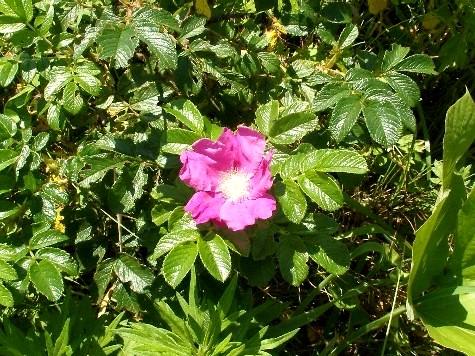 1
1
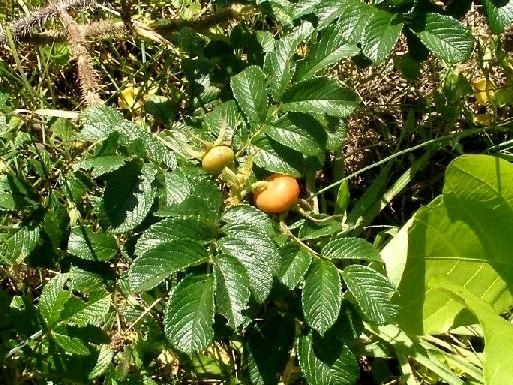 2
2
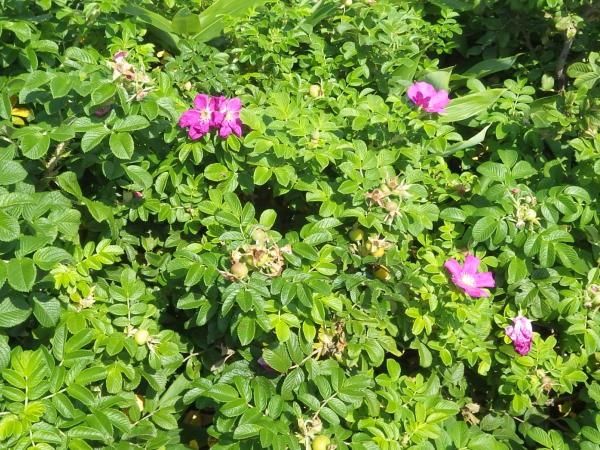 3
3
 4
4
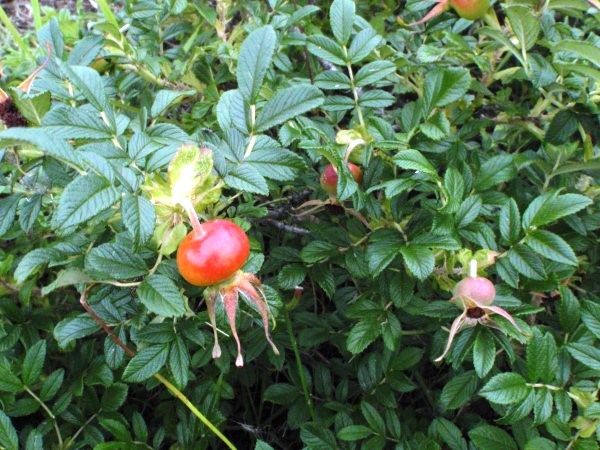 5
5
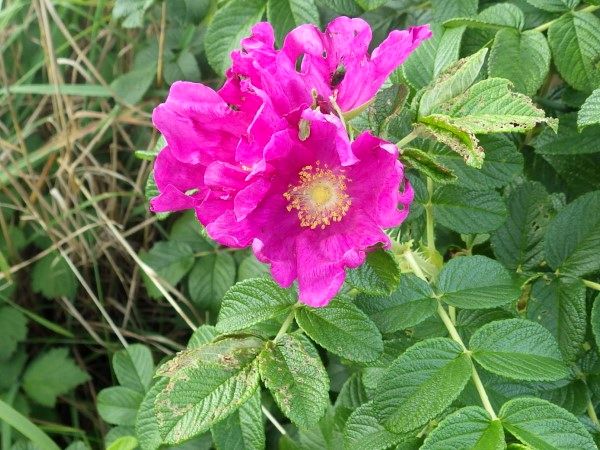 6
6
[1/2] at Higashi-Kunebetsu Coast in the city of Hokuto, southern Hokkaido, Japan, on August 4 2008. [3] at Ishikari Coast, close to the area where the establihsment of wind farm is planed, on September 3 2015. [4] at Ishikari Coast Plant Conservation Center on July 10 2011. The characteristics of R. rugosa on this coast are very short, i.e., less than 20 cm tall, probably because the flat topography does not protect the plants from strong wind. [5] on Arutori Cape faced to Funka Bay, southern Hokkaido, on July 25 2013. [6] along an unpaved road near Zenibako Coast (銭函海岸), where wind-power farm is established, near Sapporo on September 16 2020. Records: along the seacoast of Usujiri Fisheries Station, southern Hokkaido, on June 20 2024.
Shirobanahamanasu (シロバナハマナス, 白花浜梨)
 1
1
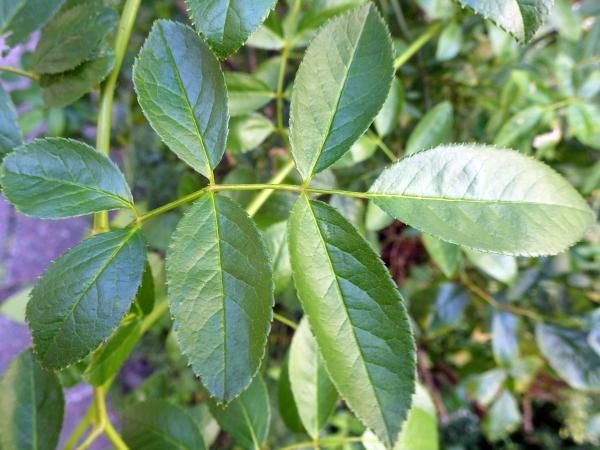 2
2
 3
3
Double-flowered cultivar [1/2] at a hedge in N21/W2, North Ward, Sapporo, on September 7 2015. [3] under a street tree on June 23 2015.
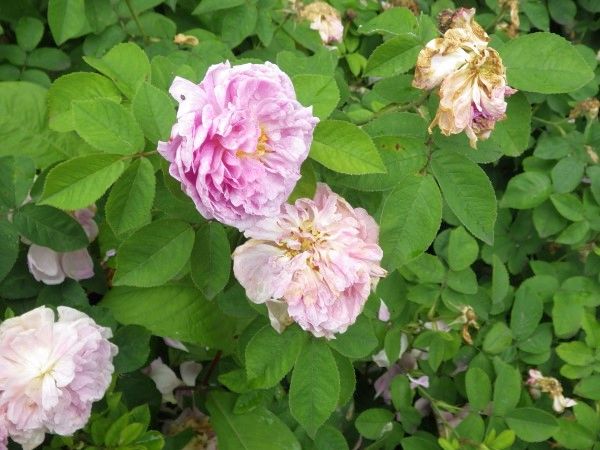 1
1
 2
2
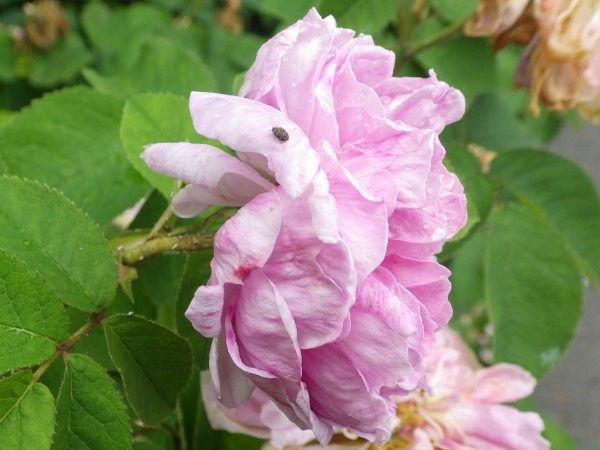 3
3
[1-3] in a house garden, N27/E2, East Ward, Sapporo, on July 2 2018.
|
Smooth rose, meadow rose, wild rose or prairie rose Lifeform: deciduous shrub |
Distribution: North America (Kansas and North Dakota) Habitat: prairies and meadows, dry hillsides, roadsides, fence rows, etc. in either sandy or rocky soil |
Morphological remarks: similar with Rosa multiflora, an invasive species from Japan Hybrid: hybridization with Rosa rugosa reported from eastern North America |
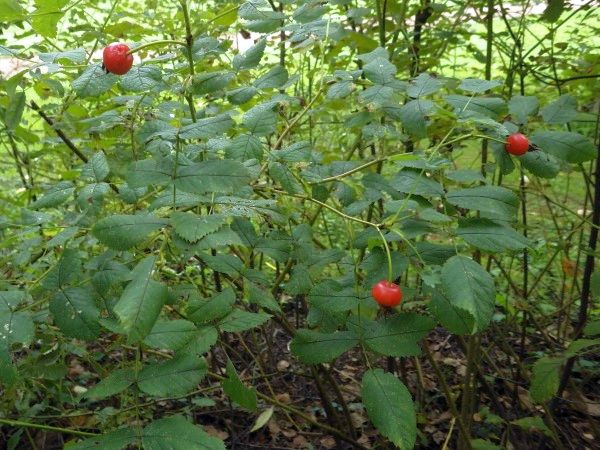 1
1
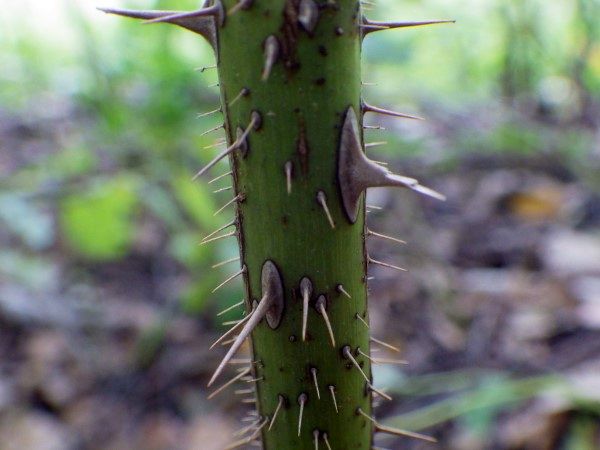 2
2
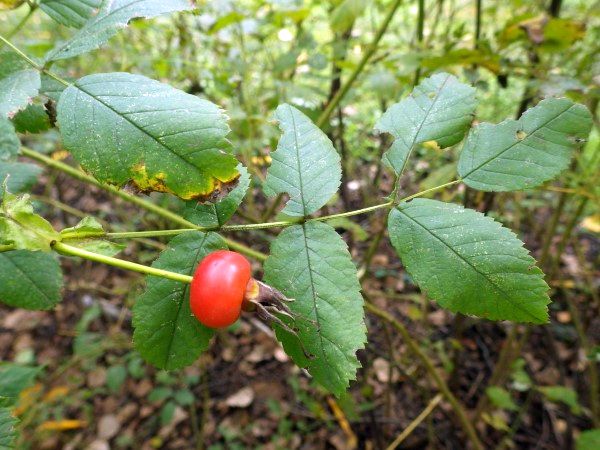 3
3
[1-3] on a fruticetum in Hokkaido University Botanic Garden on September 30 2023.
|
Koushinbara (コウシンバラ, 庚申薔薇), China rose, Chinese rose or Bengal rose Lifeform: evergreen shrub, with 1-2 m in height Distribution: central China |
Habitat: rocky slopes and hills Chromosome number: 2n = 21 or 28 Use: gardening var. chinensis |
var. semperflorens (Curtis) Koehne var. spontanea (Rehder et E. H. Wilson) T. T. Yu et T. C. Ku cv. mutabilis |
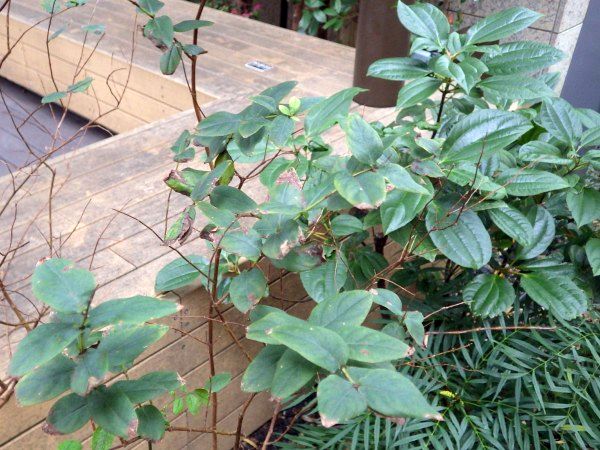 1
1
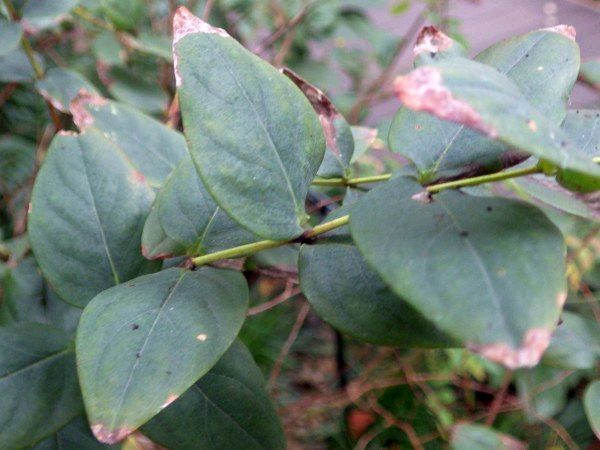 2
2
 3
3
[1-3] within a flower garden near COREDO Muromachi Terrace, Nihonbashi Muromachi, Tokyo, on November 6 2024.